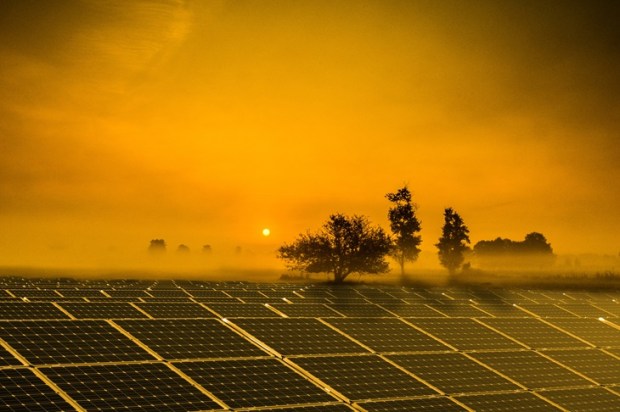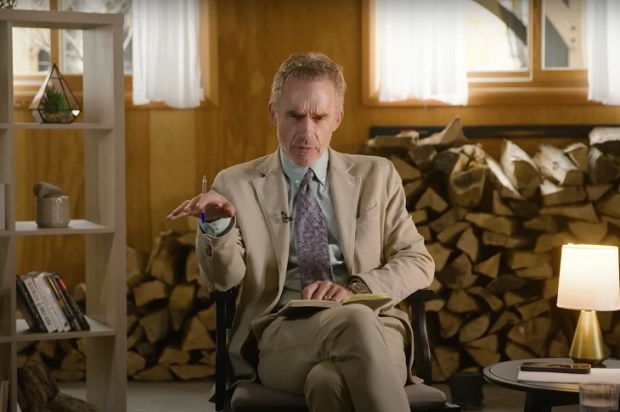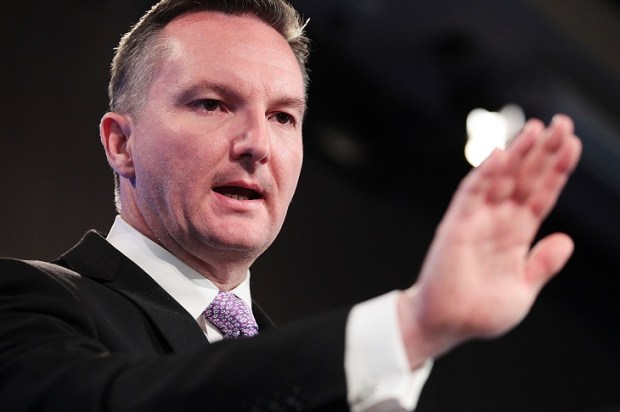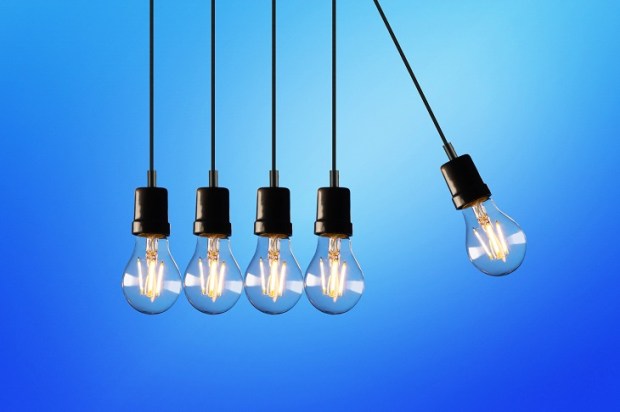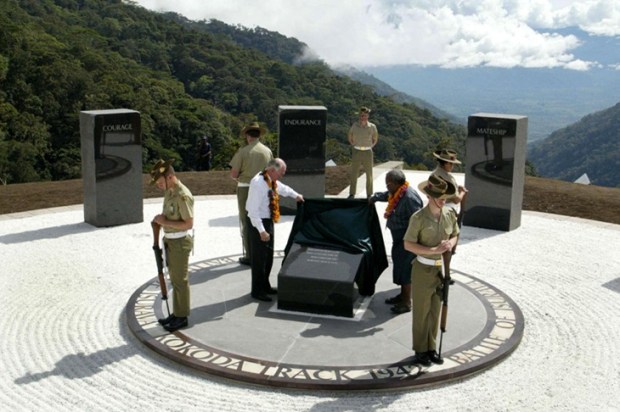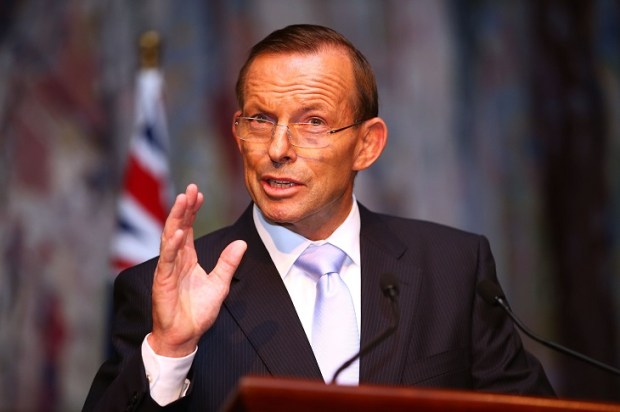Imagine for a second it is the end of October 2024 and an incoming Queensland LNP Energy Minister is fronting their first press conference. A newly minted minister in charge of Queensland’s energy policy, with limited knowledge of the industry. What would that person say?
Debates rage in society about immigration, taxation, unions, policing, censorship, emissions reduction, health, education, and so on. One person can’t possibly collect all the arguments, expose and understand every nuance, and finally arrive at a reasoned and well-considered opinion on each; and certainly not distil that opinion into a Sowell-esque soundbite of wisdom and clarity worthy of the six o’clock news. It is not even reasonable to assume a politician has the advantage of experience in the industry they preside over.
So instead of a fresh Energy Minister pretending they have it all under control, what if the next one started with the mantra of getting the basics right? Could an incoming minister ever try to understand the ultimate purpose of energy, and design policy to nourish and support that purpose, instead of imposing arbitrary targets and ending up making a mess of it?
This is my take…
Hello, is this mic on?
Ladies and gentlemen, Queensland is in a pickle. We have ballooning state borrowings at $132 billion up from $45 billion in 2021, an Olympics on the way, and a bloated public sector with 258,000 full-time roles up 10 per cent since 2021. Multi-billion-dollar infrastructure projects have cost overruns, and our cost of living is skyrocketing despite public ownership of the vast majority of electricity infrastructure.
As Energy Minister, I am responsible for the public-owned electricity assets – the poles and wires through Ergon Energex and PowerLink, and the generators through CS Energy, Stanwell and CleanCo, plus several other entities under the umbrella of Energy Queensland.
Some things are in my control, and some are not. I cannot, for example, set the wholesale prices of the state-owned generators, because these assets operate in a broader market. I stand for transparency and making good decisions. Some providers are already facing a class action, accused of inflating electricity prices. I cannot change how the market operates, that requires agreements between state energy ministers. I cannot arbitrarily shut down commercial projects that have long-term contracts, and I will not risk our reputation as a stable and positive investment partner. Some of Queensland’s highest-value exports are metallurgical coal and LNG – I will not undermine the energy security of our allies to satisfy the whims of low-knowledge activists susceptible to misinformation and propaganda.
What I can do is this:
Too much is made of too few energy planning and modelling sources. I will create an ‘energy red team’ to provide independent sanity checks on energy planning and modelling. With access to our public-owned assets and government-held data the red team will provide much-needed clarity, enabling the public to see through the spin. I will ensure that this red team remains independent of the government of the day.
I will explain, with evidence, that our public-owned coal-fired generators provide some of the lowest-cost electricity in the world, cheaper even than wind and solar. That might sound controversial, but these are the facts. This statement, and more, will be explained in detail in a forthcoming report from the energy department, my department.
I will ensure that our public-owned electricity assets place emphasis on reliability and lowest possible cost of ownership instead of maximising government revenue.
I will immediately announce a review into both large pumped hydro projects (Pioneer and Borumba), the large transmission project CopperString, other components of the former government’s QEJP. I will make the review public. This will not have any immediate effect on QLD retail electricity prices, but will provide an opportunity to review the cost of these projects and their future impact on consumers.
Competition is critical – an open market will return the lowest possible prices. I will push for more electricity retailers in the regions outside SEQ. This is not privatisation, this is expanding consumer choice. Ergon retail will still exist, just not as a monopoly.
The rampant growth of subsidised rooftop solar is becoming the biggest economic and technical challenge in the electricity market. With very cheap grid electricity almost nobody would bother with the expense of rooftop solar. Regardless, the rooftop solar owners have had a very good run, unfortunately at the expense of the wider community, who have footed the bill either through state government revenue or by direct pass-through of the subsidies.
I will implement a long overdue change to this paradigm with the following measures – current owners of rooftop solar will be charged an export fee based on kWh, an annual connection fee, and a recycling levy. The recycling levy will be used to subsidise future solar panel recycling activities. The other fees will go to non-solar owners as a deduction on their electricity bill. These measures will address some of the inequitable wealth transfer seen over the last decade.
Large-scale wind and solar developers please pay attention. I am announcing legislation that will ensure site rehabilitation and recycling costs are mandated for wind and solar projects in a similar manner to the conditions imposed on resource projects. This will include an upfront agreement on decommissioning and rehabilitation, with payments throughout the life of the project. This initiative will bring equity – a favoured term amongst activists – to the renewables sector.
Gas is critical to our current and future prosperity, and securing domestic supply for QLD is a high priority of mine as energy minister. The fact that NSW and VIC will soon be importing LNG, and that this is easier and cheaper than developing local gas is not a pub test I want to fail. However, I accept that the time has passed to introduce a domestic reserve policy on QLD gas producers, and I also accept that whether it’s from activists or just natural progression, it is increasingly difficult to gain social acceptance for new coal seam gas developments in some areas. This leaves us in a pickle with few levers to pull.
The cost to develop Queensland coal seam gas for domestic use, with royalties, is around $6/GJ. Add in some pipeline costs at $2-3/GJ, and you can see that under the current regime the lowest possible domestic gas price must approach $10/GJ. When international gas prices are more attractive, it is easy to see how local gas prices can follow international trends. One thing I do have influence over is the royalty schemes. I will be working with the gas producers – large and small – to optimise the royalty scheme so that it works to reduce domestic gas prices, something our local industries desperately need.
Coal royalties were infamously targeted by the previous government. I will engage with the coal sector and review the royalty scheme. This does not mean no royalties, but I do acknowledge the strain the current scheme has placed on our international relationships. We must strive for best practise and ignore the activists.
Liquid fuels have, in my opinion, been mismanaged at all levels of Australian governments. Our country runs on utes, trucks, and trains, and fuel security is a critical part of our energy security. We have seen too many instances recently of supply chain interruptions and liquid fuel is too important to be one of those news headlines. The Lytton refinery in Brisbane is one of only two refineries remaining in Australia. The QLD government will seek to acquire a commercial stake in the refinery and become a joint venture partner in the asset. This is not nationalisation, this is a small step towards improving energy security. Green hydrogen funding will be redirected to this purpose.
Yes you heard the word hydrogen. Green hydrogen is an R&D project, not a commercial industry. I will direct some green hydrogen funding to researching bio-fuels seeking to reduce the cost – and pollution – of air transport. A small amount of funding will be directed to other uses for hydrogen. Where a public-owned hydrogen production facility is so far underway that it cannot be stopped, the electricity supply will be sourced from a public-owned generator.
And finally ladies and gentlemen, we come to emissions and renewables. Queensland will have no emissions reduction targets, and no renewables targets. Our economy is bloated with layers of stealth carbon taxes at state and federal levels. Our energy systems have been compromised enough and it is time for a reset. If voters want emissions reduction, I suggest they campaign for a carbon tax. That is the only honest approach.
Thank you for listening. Questions?
Ben is an electrical engineer in the power and gas sector and host of The Baseload Podcast.


